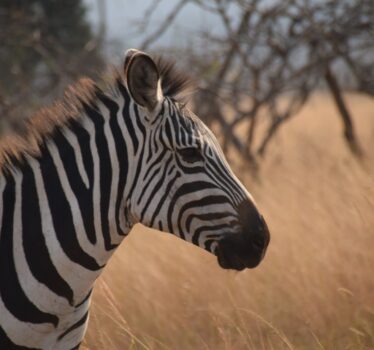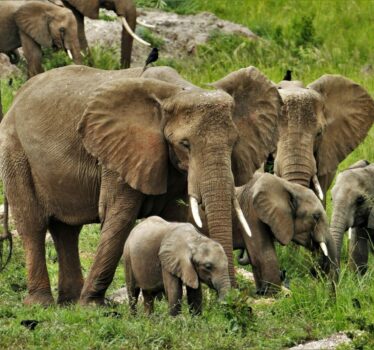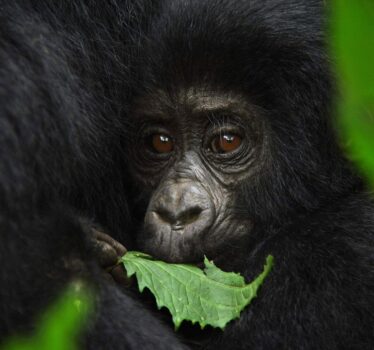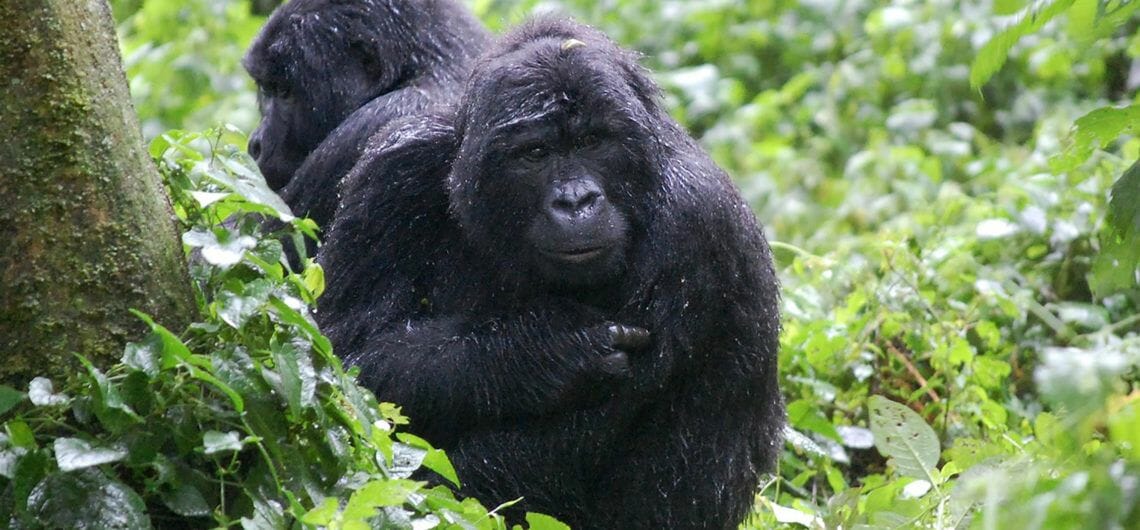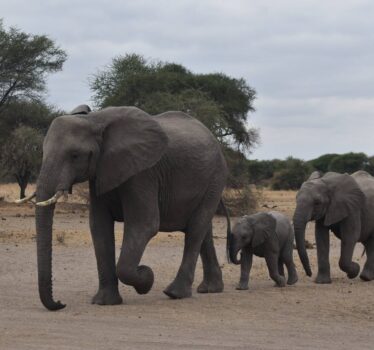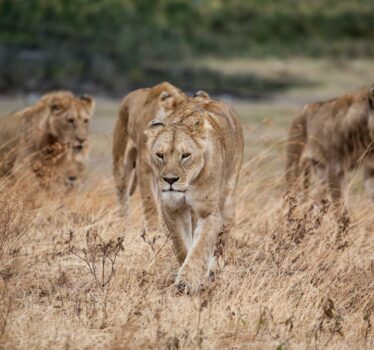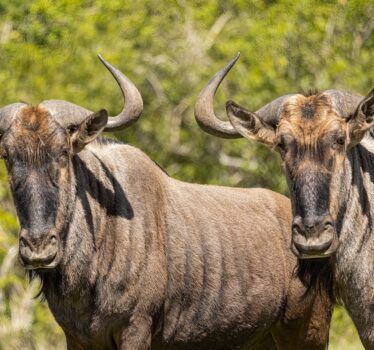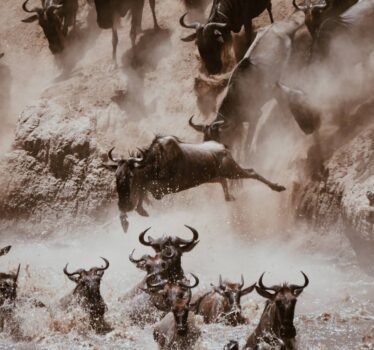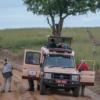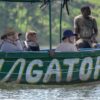Nyungwe Forest National Park
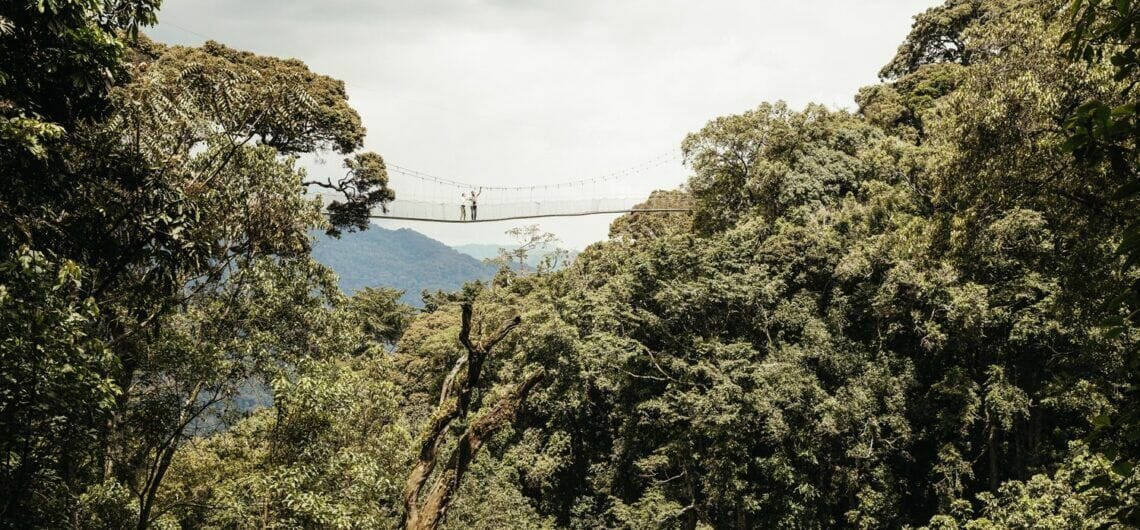
Nyungwe Forest National Park
Nyungwe Forest National Park is located in southwestern Rwanda, bordering Burundi to the south and the Democratic Republic of the Congo to the west. It is probably the best preserved montane rainforest in Central Africa. Nyungwe forest forms the watershed between the basins of the river Congo to the west and the river Nile to the east. Some people believe that the forest is also home to the real source of the Nile. The Kagera river is the furthest tributary, emerging from the east side of the forest on its journey into Lake Victoria. Rainforest, bamboo, grassland, swamps, and bogs cover the park.
Species diversity:
The number of endemic species in Nyungwe National Park is greater than in any other forest in the Albertine Rift Mountains that has been surveyed. The forest, with a maximum altitude of 3,000 metres above sea level, provides a home for 13 primate species, including chimpanzees and Angola colobus, 75 mammal species, 70 amphibian and reptile species and over 270 bird species.
Size and accessibility:
The park covers an area of approximately 1,000 km2. The nearest town is Cyangugu, 54 km to the west. Mount Bigugu is located within the park boundaries.
By car:
It is a 4 – 5 hour drive from Kigali (225km). The roads are in very good condition. It is even possible to hire a car and drive yourself.
By air:
RwandaAir offers about 9 flights a week from Kigali to Kamembe International airport. From there it’s a short 32km drive to Nyungwe Forest Lodge, which offers helicopter pickups.
Activities:
Chimpanzee tracking
Hiking
Bird watching
Nature walks
Visit tea plantation

